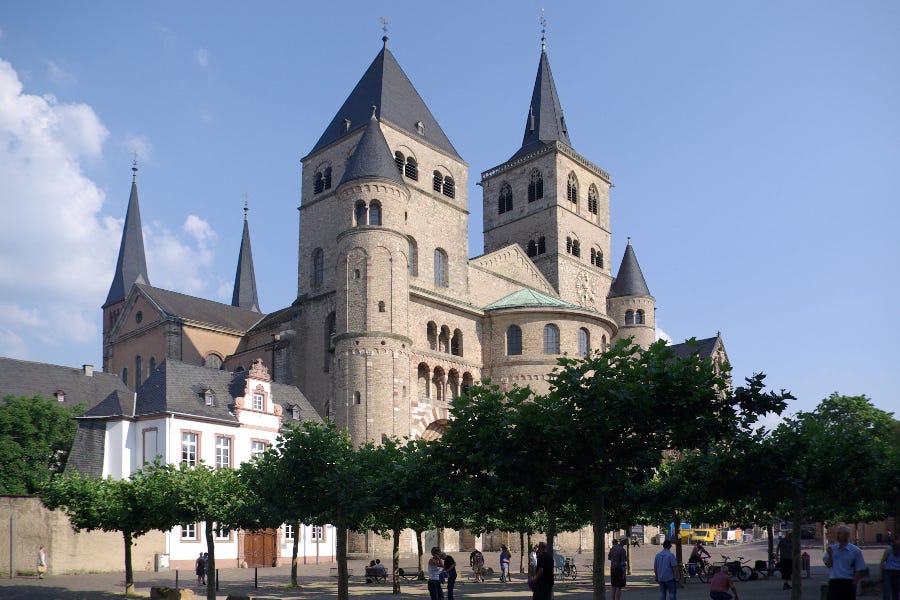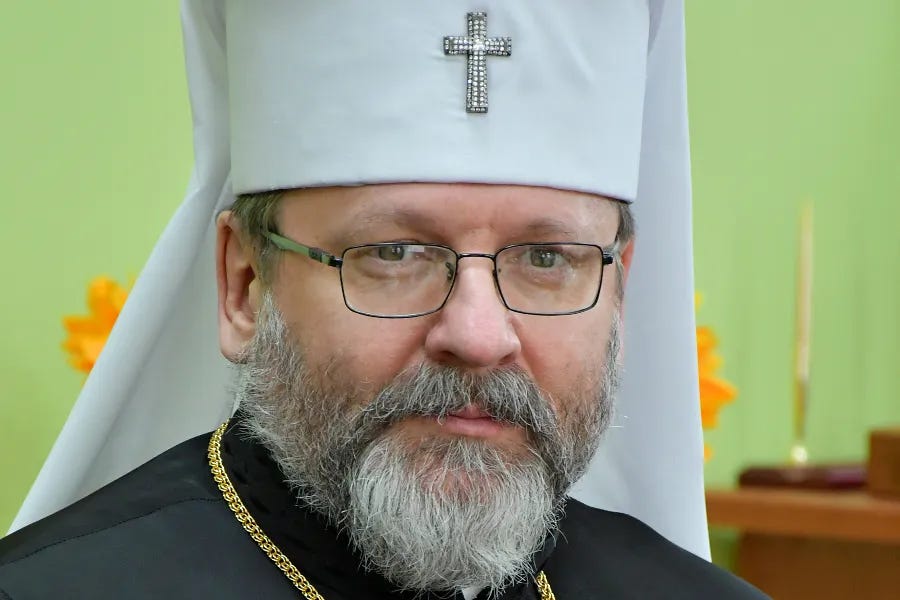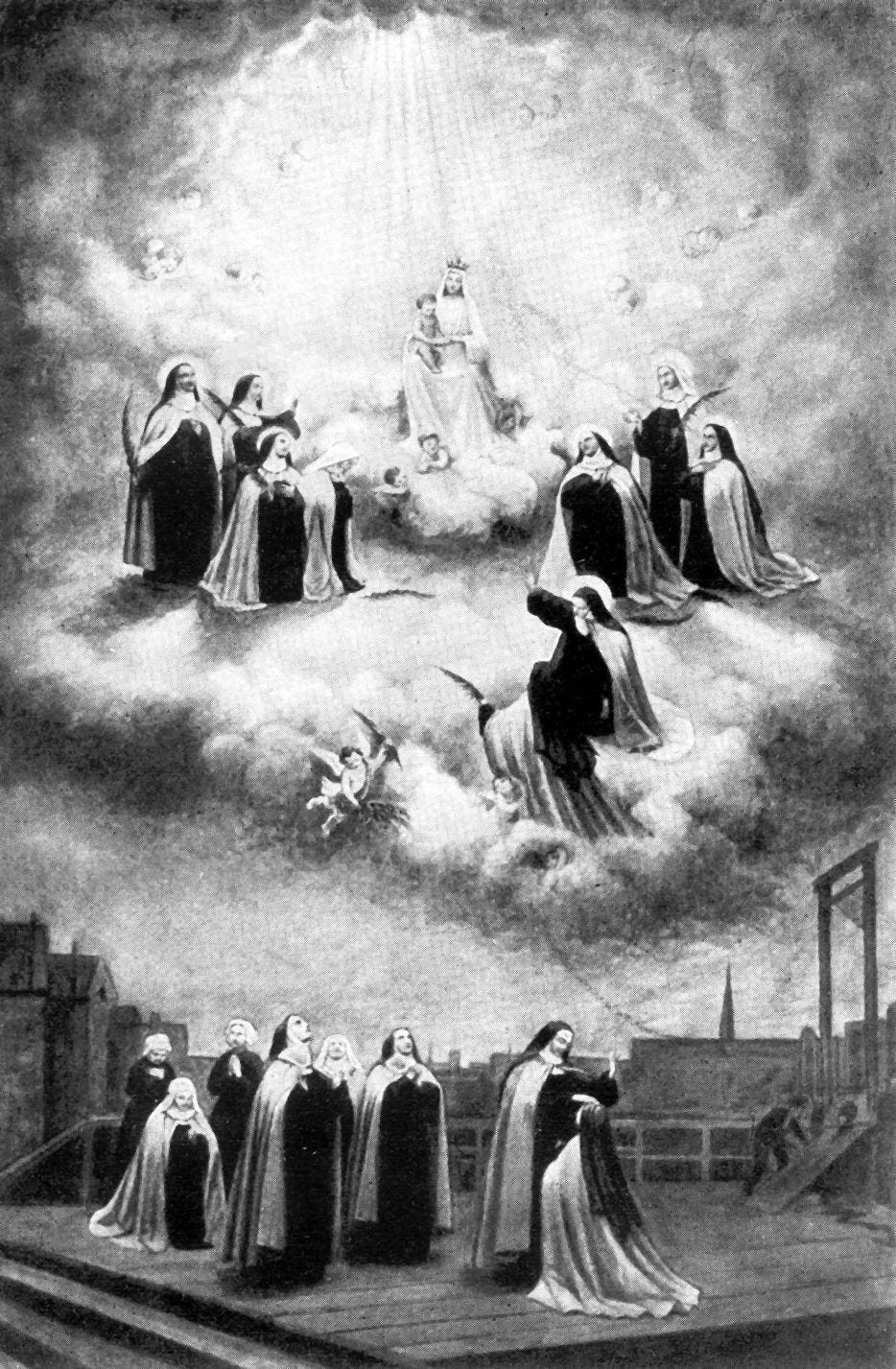We are barely halfway through 2022 and it’s already proving to be a difficult year for Bishop Georg Bätzing. The chairman of the German bishops’ conference is having what Queen Elizabeth II famously described as an annus horribilis.
Criticized by overseas bishops, teased by the pope, and facing scrutiny over decisions in his Diocese of Limburg, Bätzing is wrestling with challenges on many fronts in 2022.
What does that mean for his leadership within the German Church?
Taking the reins
Bätzing was elected chairman of the German bishops’ conference in March 2020, succeeding the high-profile Cardinal Reinhard Marx, who decided not to stand again for the post.
The transition was watched closely for what it would signal about the country’s “synodal way,” which had only just been launched but was already generating concern in Rome.
Bätzing seemed a left-field choice of leader. Marx was not only a cardinal but also a member of Pope Francis’ Council of Cardinals and coordinator of the Vatican’s Council for the Economy.
Bätzing was a diocesan bishop little known outside his homeland. He seemed less comfortable with the media than his silver-tongued predecessor, who would casually quote Shakespeare in English at Vatican press conferences.
But Bätzing, whose episcopal motto is congrega in unum (“gather together”), quickly dispelled any idea that his election marked a step back in the German bishops’ commitment to the synodal way. At the first press conference of his six-year term as chairman, he gave the initiative his full backing.

Strong headwinds
Under Bätzing’s guidance, the synodal way has brought together bishops and lay people to discuss four principal topics: power, the priesthood, women’s role in the Church, and sexuality.
Despite the coronavirus pandemic, the project has made steady progress. At a plenary session in February, participants voted in favor of draft texts endorsing women priests, same-sex blessings, and the revision of the Catechism of the Catholic Church on homosexuality.
The response of bishops outside Germany was swift. That month, the president of Poland’s bishops’ conference wrote an open letter to Bätzing voicing his “fraternal concern.”
In March, the Nordic bishops followed suit. Then in April, bishops around the world signed a “fraternal open letter” expressing alarm at the synodal way’s direction.
Bätzing responded to each of the letters, meticulously addressing the criticisms. He underlined that the synodal way was a response to the abuse crisis that had devastated German Catholicism. He also insisted that the initiative did not threaten Church unity.
But by April, frustration seemed to creep in. Replying to Archbishop Samuel Aquila of Denver and other signatories of a critical letter, Bätzing wrote:
“I do not want to conceal the fact that the reproaches against the Catholics in Germany mentioned in the letter cause some astonishment.”
“This is particularly true because allegations are made here for which one might expect explanations in view of their importance. Unfortunately, however, you do not give us any.”
Papal problems
While Bätzing was busy dousing out fires abroad, the pope himself appeared to express skepticism about the synodal way. In a conversation with the editors of Jesuit magazines published on June 14, Pope Francis said that he had told Bätzing: “In Germany, there is a very good Evangelical Church. We don’t need two.”
The pope didn’t elaborate on the witticism, but the Evangelical Church in Germany (EKD) ordains women as priests and permits same-sex blessings — changes that appear to have majority support among synodal way members.
Bätzing did not react publicly to the papal anecdote, but he did express disappointment in Pope Francis in May.
“The pope, even in the Catholic Church, even with all the powers vested in him, is not someone who could turn the Church from its head onto its feet, which is what we would like,” he said.
Challenges in Limburg
Last month, Bätzing faced a new challenge: criticism of his handling of the case of a Limburg priest accused of sexual harassment.
In a report headlined “Catholic MeToo,” a German newspaper claimed that the bishop appointed the unnamed priest as district dean although he knew about the allegations and had been in touch with the reported victims.
Both Bätzing and the Limburg diocese defended their decision-making, but the priest later stood down.
Then, on June 9, the rector of the Catholic seminary in Limburg was found dead in an apparent suicide. Bätzing had reportedly released the priest from all offices the day before amid an investigation into allegations of abusive behavior.
In a tribute to the priest, released on June 20, Bätzing said that he was “a pastor appreciated by many, dedicated in the exercise of his ministry, theologically adept, pastorally wise, and full of ideas.”
A mass exodus
Earlier this week, Bätzing presented new statistics showing that a record number of Germans formally left the Church in 2021.
“The figures for 2021 show the profound crisis in which we find ourselves as the Catholic Church in Germany,” he said. “There is nothing to sugarcoat, and I am … deeply shaken by the extremely high number of people leaving the Church.”
Could it get worse?
There are further challenges on the horizon for Bätzing. One is the independent commission reviewing decisions about abuse cases in the Diocese of Trier, where he served as a priest from 1987 to 2016 (latterly as vicar general.)
The commission will eventually produce a report that could prove to be as high-profile as those in Cologne and Munich. German media have already drawn attention to Bätzing’s purported role in a case that could be scrutinized by the commission. (Cardinal Marx is also likely to face scrutiny as he was bishop of Trier from 2001 to 2007.)
Meanwhile, the synodal way’s fourth plenary assembly will take place in September, followed by a fifth and probably final one in March 2023. Bätzing will be hoping he can steer the initiative to a conclusion without the technical and procedural problems that have affected previous sessions.
Could it get better?
Bishop Bätzing is only 61 and will remain chairman of the German bishops’ conference until at least 2026. He continues to enjoy the support of many within the formidable institutional apparatus of the German Church. He has also had a relatively friendly press, with the German media tending to portray him as an earnest reformer.
He may feel that he has already weathered the sharpest international criticism of the synodal way and can now devote time previously spent on external relations to seeing the project through to completion.
Bätzing revealed in February that the synodal way’s leadership team has established a mixed discussion group with members of the synod secretariat in Rome. He also referred to a meeting he attended in Luxembourg with Cardinal Jean-Claude Hollerich, the relator general of the 2023 Synod on Synodality, and Cardinal Mario Grech, secretary general of the Synod of Bishops. This suggests that Bätzing is already thinking about next year’s gathering of the world’s bishops in Rome to discuss synodality.
Church leaders across Europe are currently preparing send the Vatican their summaries of the views expressed during local synodal listening sessions. Early indications suggest that Catholics in England and Wales, France, Ireland, and Switzerland endorse at least some of the changes proposed by the German synodal way. This will no doubt hearten Bätzing.
While he is passing through a testing time, the bishop may foresee better times ahead in 2023 and beyond, depending on the degree to which the global synodal process aligns with the synodal way.







